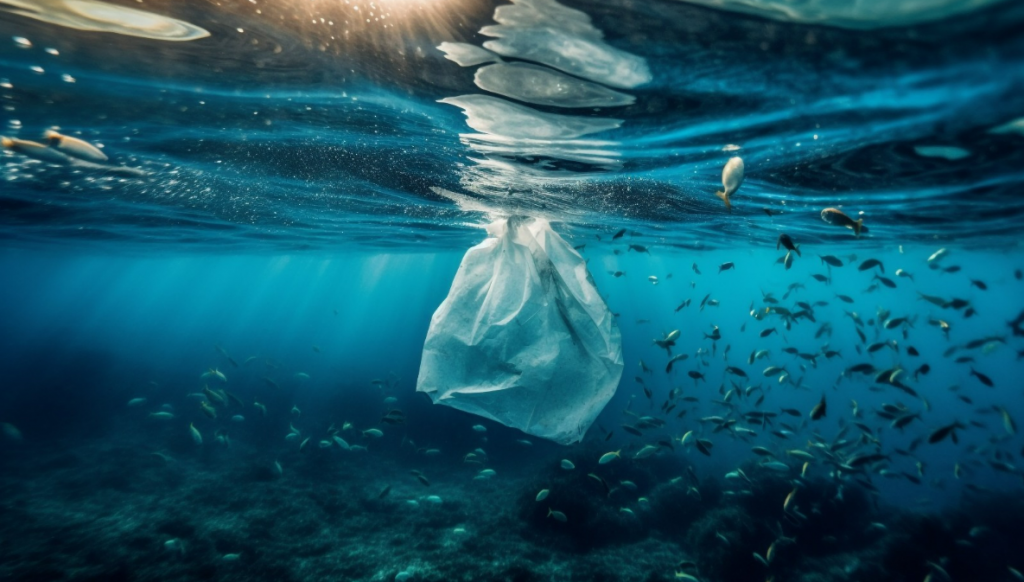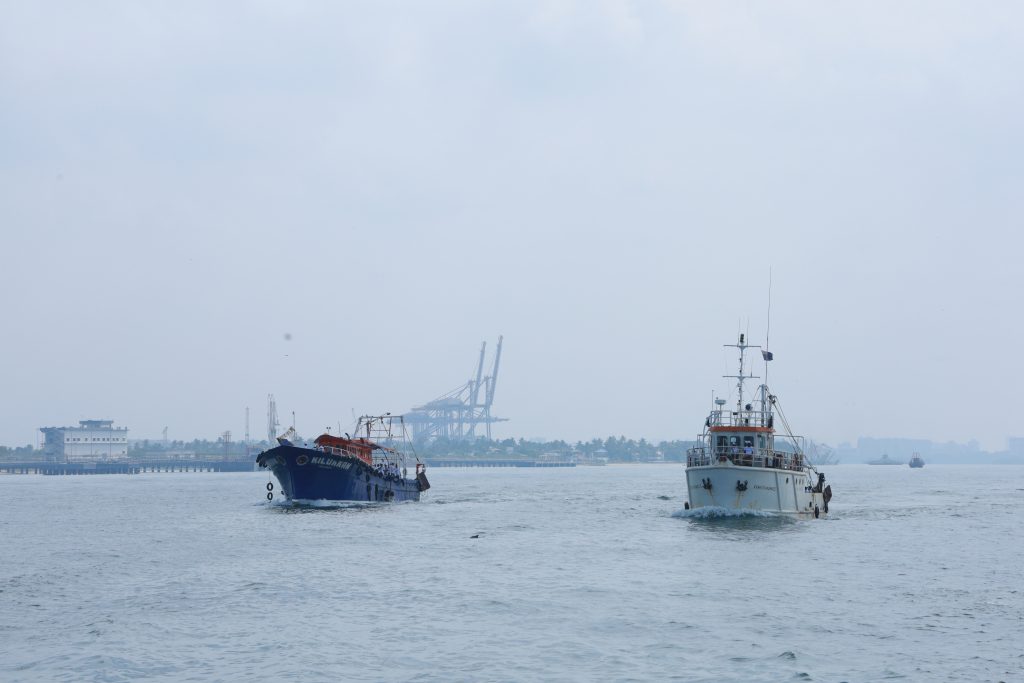The health of our oceans directly impacts the sustainability of our fisheries and aquaculture sector. As India’s leading authority on seafood exports, MPEDA recognizes that marine pollution threatens not only aquatic ecosystems but also our nation’s food security and economy. Let’s examine the eight major pollution factors endangering our precious marine resources.
1. Climate Change: The Overarching Threat
Climate change represents perhaps the most profound challenge to marine ecosystems worldwide. Rising ocean temperatures trigger widespread coral bleaching, disrupting crucial habitats for countless fish species. Ocean acidification—caused by increasing CO2 absorption—weakens the shells and skeletons of many marine organisms, including commercially valuable species like shrimp and mollusks.
For India’s aquaculture sector, climate change means more frequent extreme weather events, altered precipitation patterns, and shifting species distributions. These changes directly impact productivity and sustainability of both wild capture fisheries and aquaculture operations.
2. Siltation: Smothering Life Below Water
Excessive sedimentation from land-based activities including deforestation, agriculture, and construction projects dramatically alters coastal ecosystems. When silt and sediment flow into coastal waters at unnaturally high rates, they:
- Smother coral reefs and sea grass beds essential for juvenile fish development
- Reduce water clarity, limiting photosynthesis in marine plants
- Clog the gills of fish and block filter-feeding mechanisms in shellfish
- Alter seafloor habitats, displacing bottom-dwelling species
In India’s coastal areas, siltation from river systems affects important aquaculture zones, reducing productivity and increasing disease vulnerability in farmed species.
3. Eutrophication: When Nutrients Become Pollutants
Eutrophication occurs when excessive nutrients—primarily nitrogen and phosphorus from agricultural runoff, sewage, and industrial effluents—enter marine ecosystems. This nutrient overload triggers:
- Algal blooms that reduce oxygen levels, creating “dead zones”
- Toxic red tides that contaminate shellfish and threaten human health
- Disruption of delicate marine food webs
- Reduced water quality for aquaculture operations
For India’s growing aquaculture industry, eutrophication poses significant challenges, as nutrient-rich waters can render coastal areas unsuitable for sustainable farming practices.
4. Noise Pollution: The Invisible Disruptor
Often overlooked, underwater noise pollution from shipping, offshore construction, seismic exploration, and recreational boating creates serious disturbances in marine ecosystems:
- Disrupts crucial communication among marine species
- Interferes with predator-prey relationships
- Causes physiological stress in fish and marine mammals
- Alters migration patterns of commercially important fish stocks
Studies show that noise pollution can reduce catch rates and disrupt spawning behaviors, directly impacting fisheries productivity and sustainability.
5. Toxic Substances: Persistent Poisons
Industrial chemicals, pesticides, heavy metals, and other toxic substances enter marine environments through direct discharge, atmospheric deposition, and runoff. These toxins:
- Bioaccumulate in the food chain, reaching dangerous levels in top predators
- Cause reproductive failures and developmental abnormalities in marine life
- Compromise immune function, making organisms more susceptible to disease
- Threaten the safety of seafood for human consumption
MPEDA’s testing protocols detect these substances in export products, but addressing the source of contamination is essential for long-term industry viability.
6. Oil Pollution: Sticky Devastation
Oil enters marine environments through spills, operational discharges from ships, offshore drilling, and runoff from land. Beyond the devastating large-scale spills that make headlines, chronic low-level oil pollution creates ongoing damage:
- Coats and suffocates marine organisms
- Destroys the insulating and water-repellent properties of feathers and fur
- Contains carcinogenic and mutagenic compounds that persist in sediments
- Damages the developing embryos of fish and shellfish
For coastal aquaculture operations, even minor oil contamination can render products unmarketable and damage farm infrastructure.
7. Plastic Pollution: The Persistent Menace
Perhaps the most visible form of marine pollution, plastic waste has reached every corner of our oceans:
- Entangles marine life, causing injury and death
- Breaks down into microplastics that are ingested at all levels of the food web
- Leaches toxic additives into the marine environment
- Creates artificial habitats that transport invasive species
Plastic particles have been found in commercially harvested seafood, raising concerns about food safety and market acceptance of affected products.
8. Ghost Nets: Fishing Gone Wrong
Abandoned, lost, or discarded fishing gear—particularly “ghost nets”—continues to fish indiscriminately for years or even decades:
- Traps and kills countless marine animals, including endangered species
- Damages sensitive seafloor habitats like coral reefs
- Creates navigation hazards for vessels
- Continues the cycle of waste as captured organisms attract predators
Ghost fishing represents not only an ecological tragedy but also significant economic waste, as valuable marine resources are lost without benefiting the fishing community.
MPEDA’s Commitment to Cleaner Seas
As the nodal agency for seafood exports, MPEDA recognizes that addressing marine pollution requires collaborative action across government, industry, and communities. Our initiatives include:
- Promoting sustainable aquaculture practices that minimize environmental impact
- Supporting research on marine pollution mitigation technologies
- Providing training on waste management for fishing and aquaculture communities
- Encouraging adoption of eco-friendly packaging in the seafood supply chain
Taking Action for Cleaner Oceans
Each of us has a role to play in combating marine pollution:
- Reduce single-use plastics in your daily life and business operations
- Properly dispose of chemicals, oils, and other potential pollutants
- Support policies that protect coastal and marine ecosystems
- Choose seafood from environmentally responsible sources
- Participate in coastal cleanup initiatives
- Spread awareness about marine pollution challenges
The health of our oceans determines the future of our seafood industry. By addressing these eight critical pollution factors, we can ensure sustainable marine resources for generations to come.
#CleanSeasMatter


